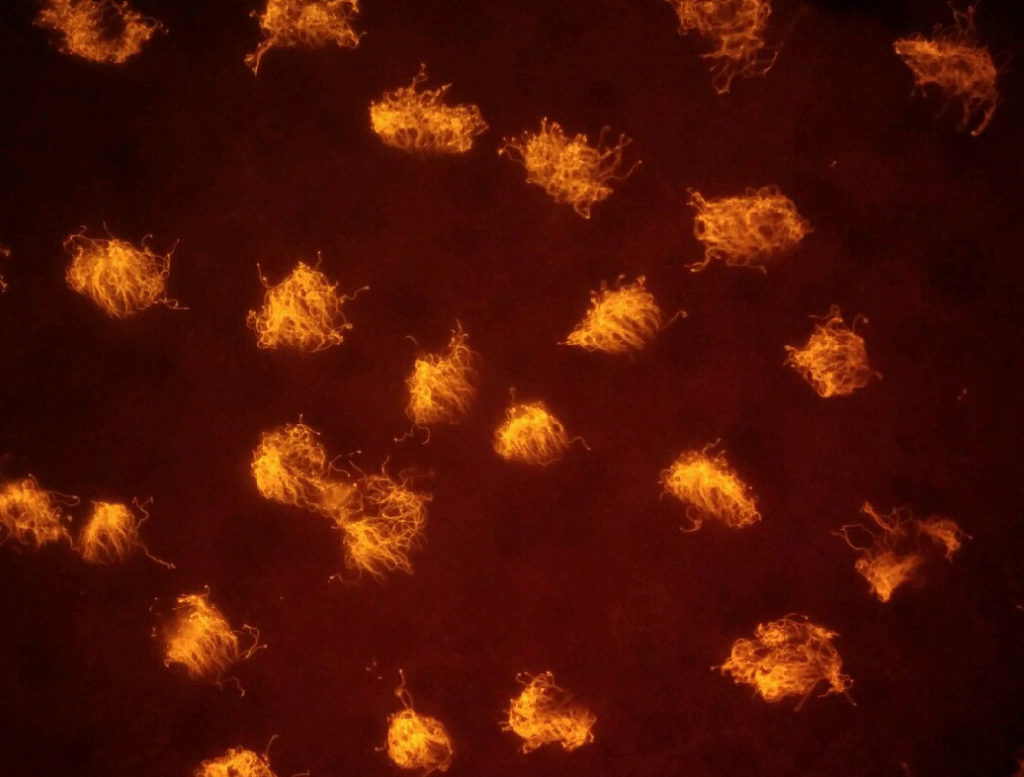Biology
Date : Mar., 2021
Source : QUANTA Magazine

An experiment in biology is opening up new territories for the understanding of living cells. Embryonic cells separated from their organism (African clawed frogs) seem to self-organize their structure and behavior, like strange living robots.
Why is this interesting? First, it shows that the DNA does not define the form, because the cluster of cells, bearing the same DNA than the original embryo, started to develop very differently. This takes us to the second point: the cells removed from the original embryo were presumably separated from the etheric double of the embryo, which is the one that guides distribution and organization of the different cells, and now had no model to follow. However, the cells showed some intelligence of their own as they developed in a very basic structure able to move around.
Read more: QUANTA Magazine
